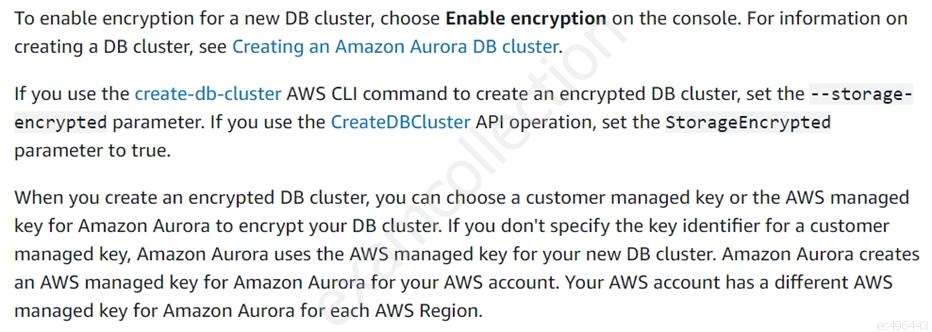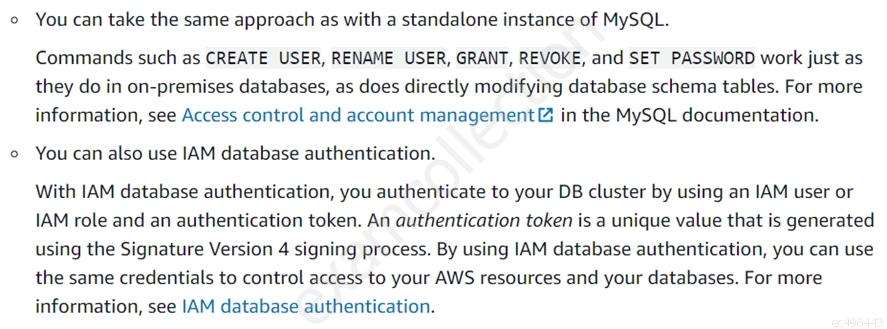A company is launching a new Amazon RDS for MySQL Multi-AZ DB instance to be used as a data store for a custom-built application. After a series of tests with point-in-time recovery disabled, the company decides that it must have point-in-time recovery reenabled before using the DB instance to store production data.
What should a database specialist do so that point-in-time recovery can be successful?
A. Enable binary logging in the DB parameter group used by the DB instance.
B. Modify the DB instance and enable audit logs to be pushed to Amazon CloudWatch Logs.
C. Modify the DB instance and configure a backup retention period
D. Set up a scheduled job to create manual DB instance snapshots.
What should a database specialist do so that point-in-time recovery can be successful?
A. Enable binary logging in the DB parameter group used by the DB instance.
B. Modify the DB instance and enable audit logs to be pushed to Amazon CloudWatch Logs.
C. Modify the DB instance and configure a backup retention period
D. Set up a scheduled job to create manual DB instance snapshots.





